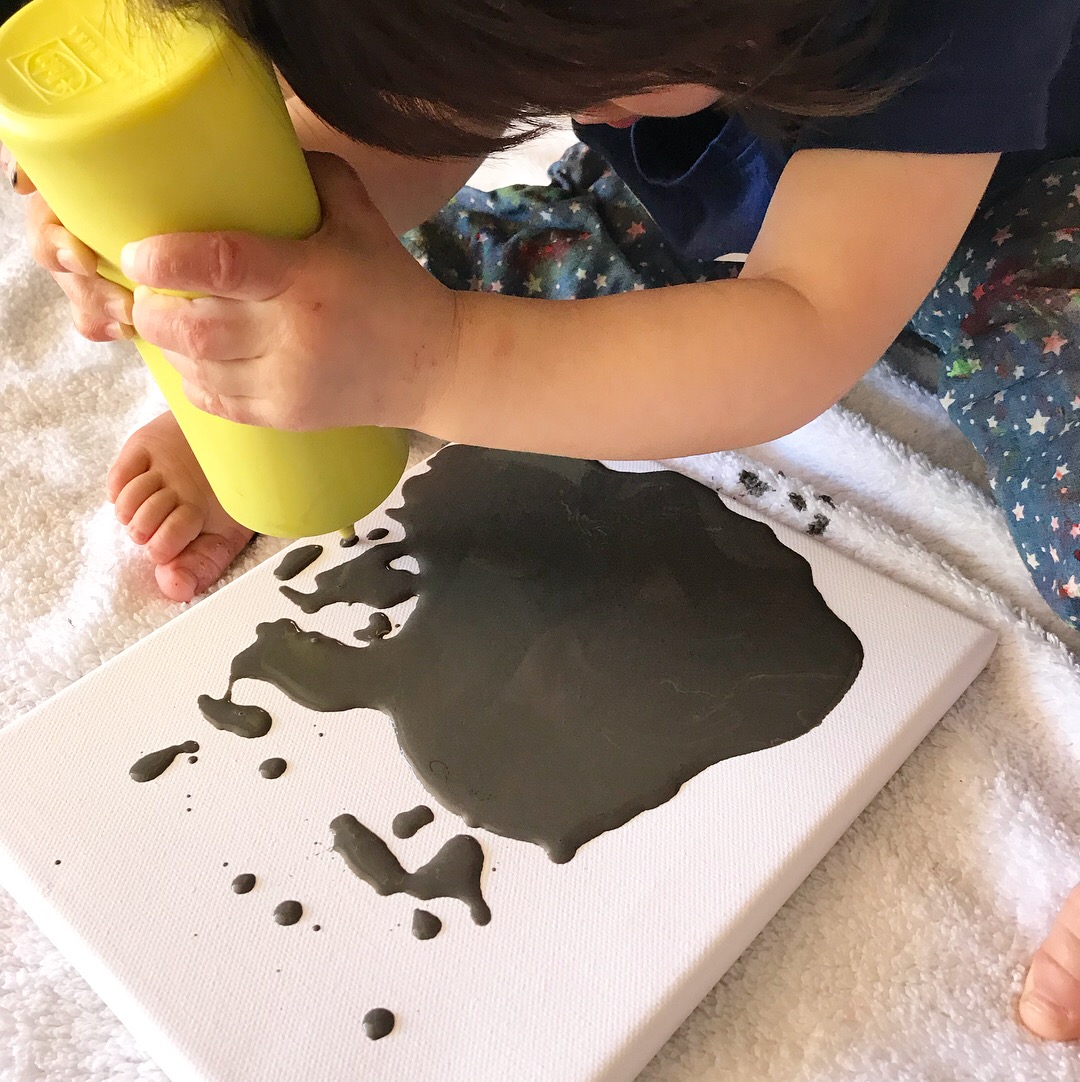
One of the most common questions I’m always asked over on my Instagram account is what education philosophy do I subscribe to in our home learning environment.
Specifically, am I Montessori? Or Reggio? Or Steiner? Or Waldorf?
Well the short answer to that is I don’t subscribe to any one educational philosophy or approach. Even as a preschool teacher pre-kids, there wasn’t one particular philosophy that I subscribed to, though I’d say I was largely Reggio-inspired when setting up activities for my preschoolers.
However I love reading up on all the different types of philosophies simply as professional knowledge and general information for myself and through that, I’ve taken bits and pieces from the various approaches and philosophies that align with my personal beliefs and my image of the child to come up with my own teaching philosophy. From there, it influenced things like the kind of toys and books I bring into our home, the kind of activities and play environment that I set up for my children and so I thought I’d put together a list of what our home learning environment currently looks like (since it’s always a work in progress as I read up on new research and ideas) and where I drew the inspiration from.

Encouraging Independence (Montessori)
Setting up an environment to help my children gain as much independence as possible
- Low open shelves with activities clearly displayed in baskets and on trays to allow them easy access to toys and materials as well as to facilitate packing/tidying up independently when they are finished as everything has a proper place
- Toddler-size table and chairs
- Real child-size tools and utensils
- Lots of utensils, bowls, pitchers in our sensory play activities to practise life skills like scooping and transferring



Inspire a Love for Nature (Montessori)
- Lots of time allocated for outdoor play in our backyard sandpit and mud kitchen
- Nature walks
- Bringing nature into the home through nature loose parts play
- Lots of natural materials in play


Environment as the third teacher (Reggio)
- Aesthetically-pleasing environment with natural light, order and beauty
- Stimulating materials (open-ended toys and materials, loose parts play)
- Nature-inspired
- Open spaces free from clutter (use of mirrors and large windows)
- Children’s artwork displayed prominently


100 Languages of Children (Reggio)
Children are encouraged and allowed to express themselves in different ways as they develop their personality. Creating activities such as painting, drawing, sculpting, dancing and drama are all seen as “languages” children use.
- Dedicated art space in the home (read about it here and here)
- Invitations to Create (read about it here and here)
- Process Art


My Role as Homeschooling Mama is to be a Mentor and Guide (Reggio)
I believe that children are perfectly capable of self-directing their learning and my role as teacher mama is to observe and discover their interests, and extend on “teachable moments” that stem from child-initiated ideas.
- Setting up ‘Invitations to Play’ based on current interests with the view of strengthening and developing current abilities
- No structured teaching from me
- No rote-learning via flashcards or any other means (side note: I do use flashcards occasionally as a provocation when setting up play spaces or invitations to play)


Learning Through Doing (Steiner-Waldorf)
Hands on discovery learning that encourages the child to use all of their senses to learn
- Sensory Play
- Invitations to Create
- Process Art


Importance of the Natural World (Steiner-Waldorf)
- A focus on natural materials in the play environment (e.g. wooden toys, playsilks)
- Moral and character development (e.g. reading of fairytales, classical literature)


Importance of the Role of Imagination in Learning (Steiner-Waldorf)
- Small world play
- Open-ended toys


And as a final point, which is the essence of everything I stand for in terms of how children learn
IMPORTANCE OF PLAY (Steiner-Waldorf)
Play is EMPHASISED in the first 7 years of a child’s life (i.e. no formal learning). Children are only introduced to formal reading skills in the first grade.
It’s important to me that my children get to be children instead of worrying about learning their letters, numbers, to read and to write. Not that I don’t think those skills are important, but I believe that those learning will come eventually as a by-product of play.
It is therefore my desire to provide a home learning approach and environment that allows my children to become confident and self-motivated learners who will know how to think for themselves instead of what to think, and to grow and develop into well-rounded individuals with an innate curiosity and a passion for learning.
[social_warfare]